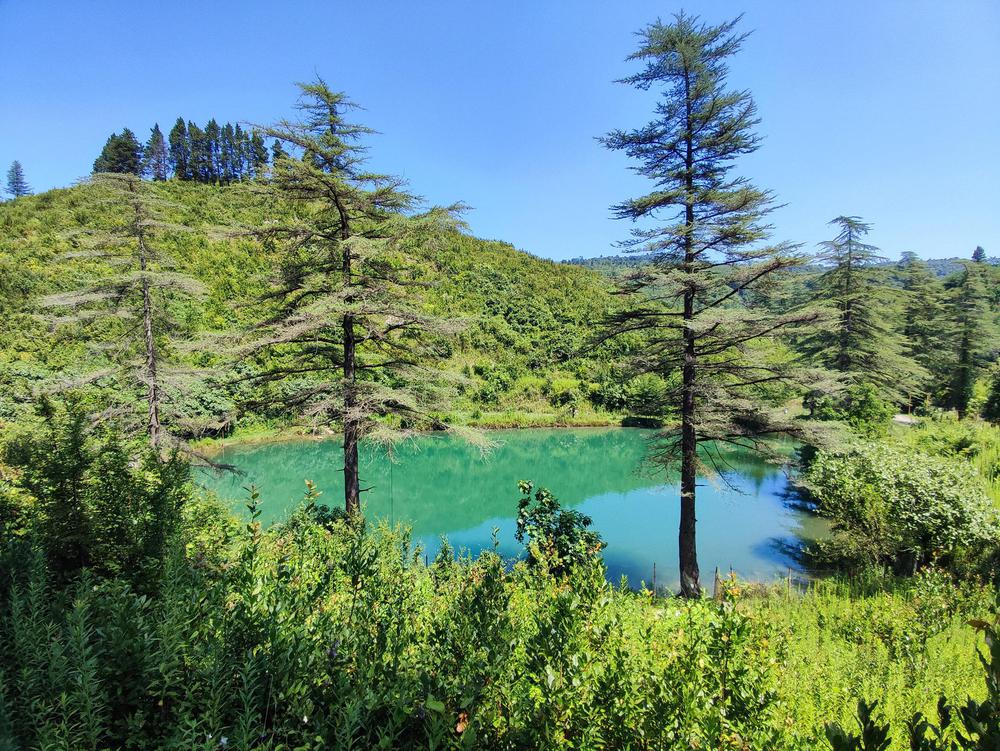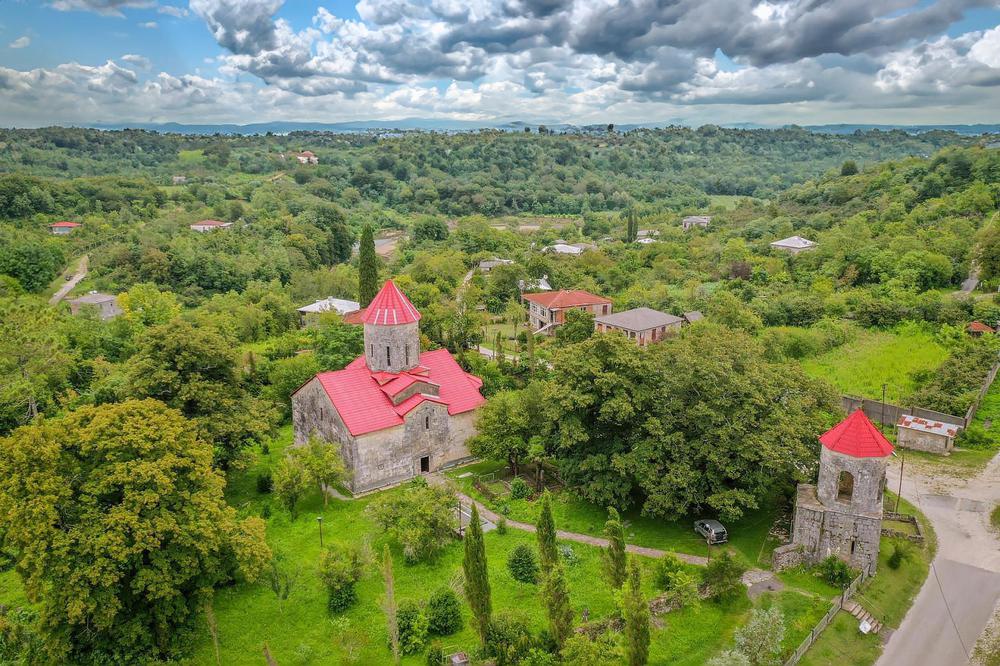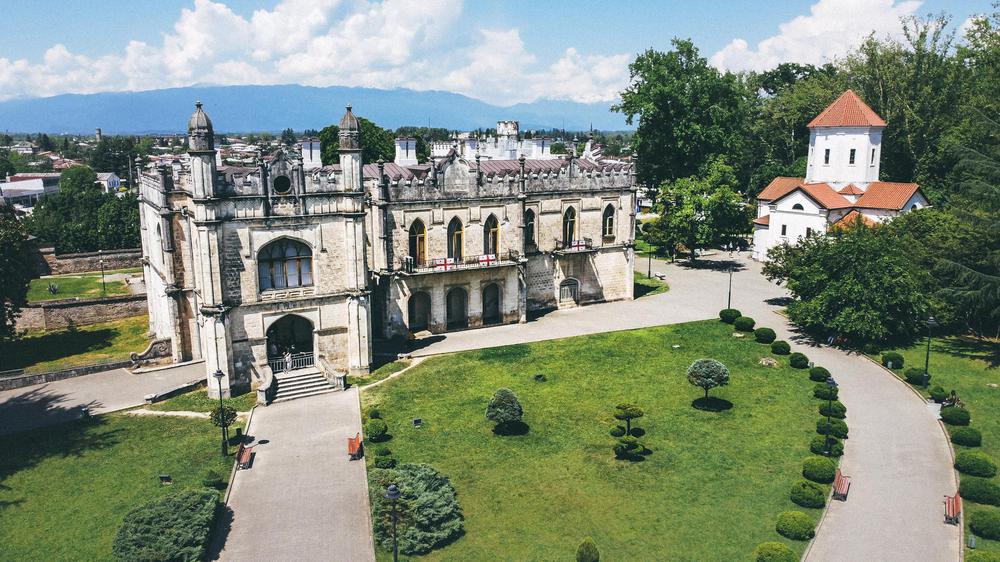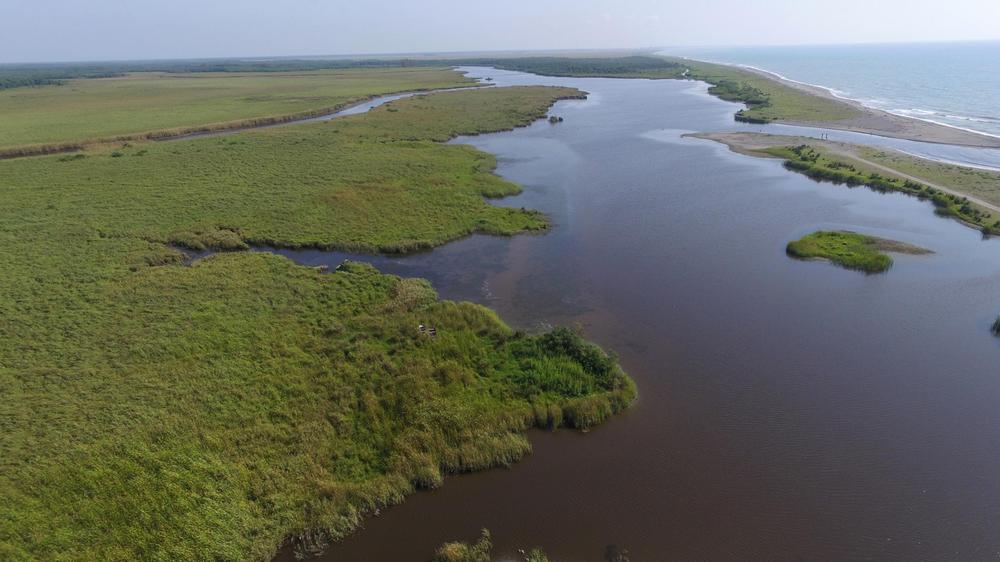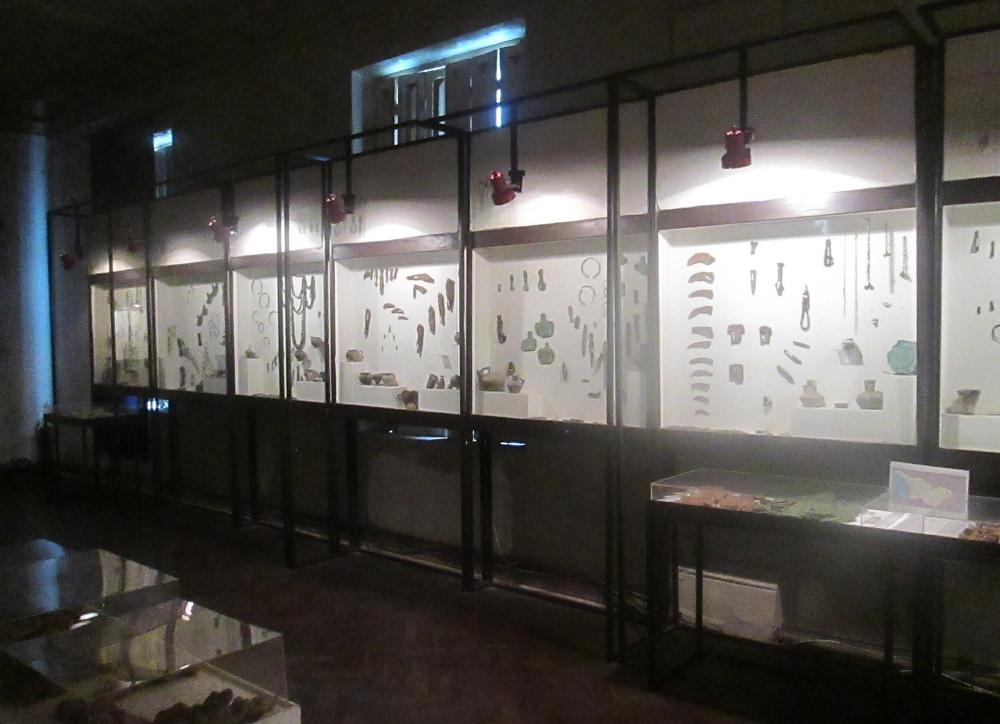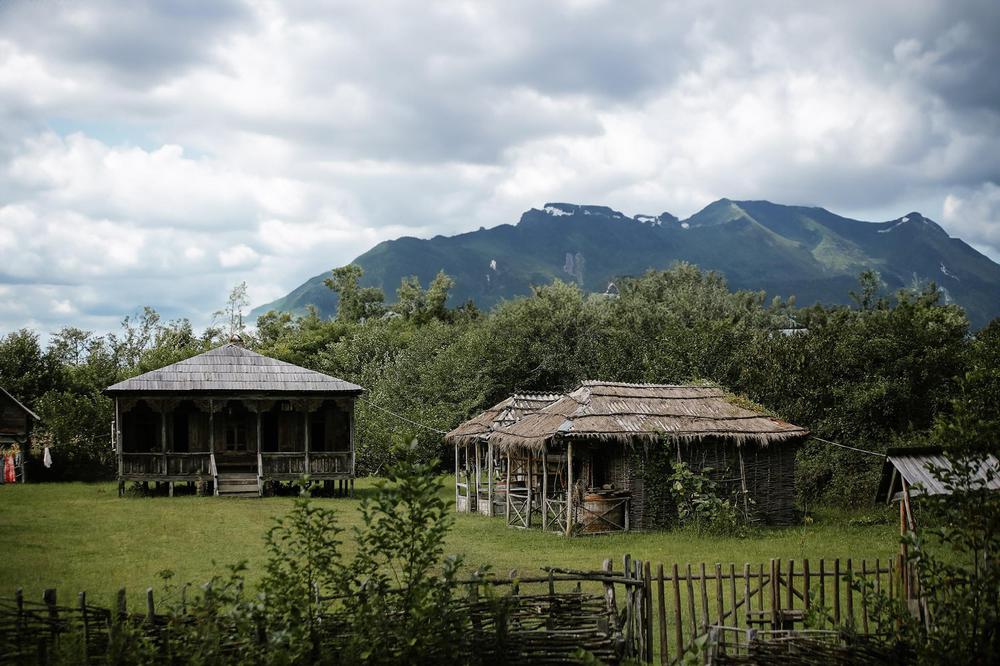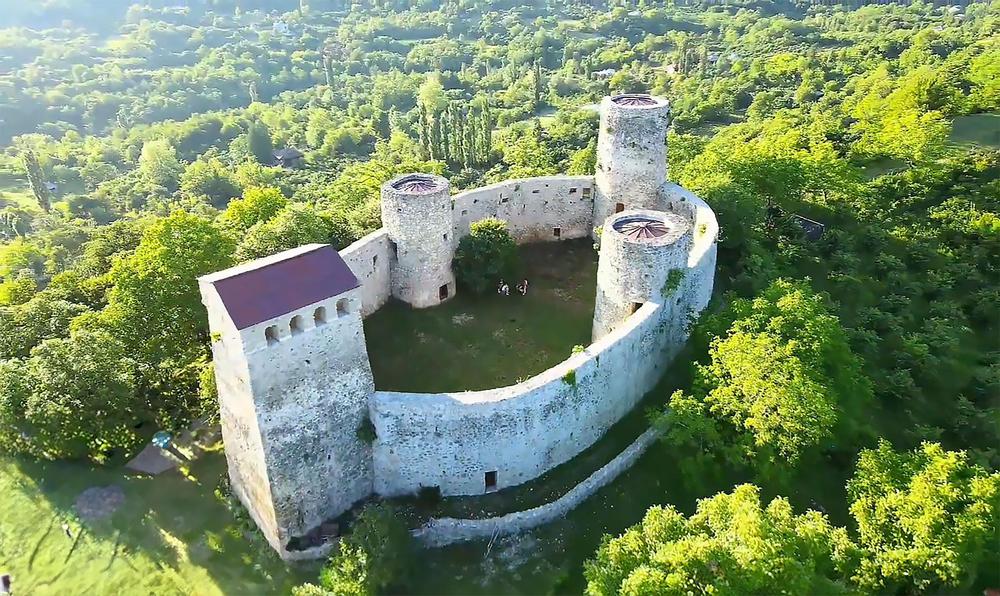For centuries, the Khobi Monastery, also known as Nojikhevi Monastery, has been a beacon of spiritual sanctuary. Nestled in the historic province of Samegrelo, about 3 kilometers (approximately 1.9 miles) north of the town of Khobi, this significant monument has withstood time, bearing witness to Georgia's spiritual and cultural history from the 13th-14th centuries.
This sacred establishment was once the custodian of the Virgin Mary’s robe, carefully preserved in a silver repository until the advent of Soviet rule. As the narrative goes, this divine garment was smuggled from Constantinople to Georgia between the 8th and 9th centuries, a time when Emperor Leo III waged a relentless campaign against icons.
Additional religious relics, including the military cross of David the Builder, Queen Tamar’s pectoral cross, and the remains of revered saints, also found sanctuary within Khobi Monastery until 1923 - 1936. Afterward, these valuable artefacts were transferred to the Zugdidi Museum.
The architectural grandeur of Khobi Monastery mirrors its spiritual significance. The complex encompasses a church, the Catholicos's residence, a two-story building above the church threshold, a wine cellar, a bell tower, and outer buildings. A reminder of its royal past, the Dadiani royal family’s ossuary was also housed within its grounds.
Upon further exploration, the remnants of an ancient cathedral dating back to the 4th century were discovered near the church wall, while archaeological excavations unveiled traces of an 8th to 7th-century BCE Colchian settlement within the churchyard.
Although ravaged by numerous raids throughout its history, Khobi Monastery stood steadfast, safeguarding the sacred relics housed within. Officially known as the Nojikhevi Convent of the Dormition, this Georgian Orthodox monastery boasts an intricately adorned exterior and frescoes that embellish the interior, presenting a visually captivating narrative of its storied past.
Constructed as a domeless hall church featuring cross-vaults, Khobi Monastery has undergone several structural transformations. Its layout comprises open galleries bordering the western and southern facades, culminating in a closed chapel at the southern façade’s eastern end. The 13th-14th-century frescoes adorning the interior walls reflect the influence of late Byzantine Palaeologan art, juxtaposed with 17th-century frescoes depicting members of the Dadiani family.
The Khobi Monastery is inscribed on the list of the Immovable Cultural Monuments of National Significance, standing as an enduring testament to Georgia's sacred heritage and monastic tradition. Today, the monastery is a thriving nunnery, reverberating with the tranquil hum of spiritual activity.

